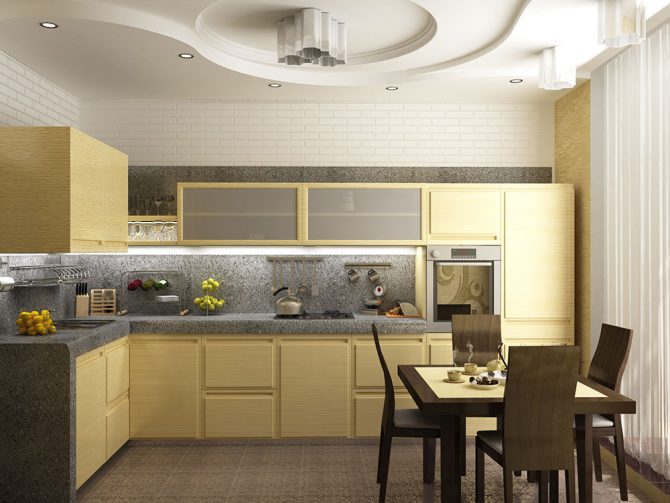Once you’ve studied the theory and applied it in the real world to create the most beautiful spaces for your clients, you now have one more mountain to climb, selling your design. The world is filled with innovative ideas and breathtaking designs which is why it has become quite the challenge to convince someone to select you. Keep reading to learn some helpful tips that will help you get to the other side of the sales mountain, victorious.
1. Understand Your Clients
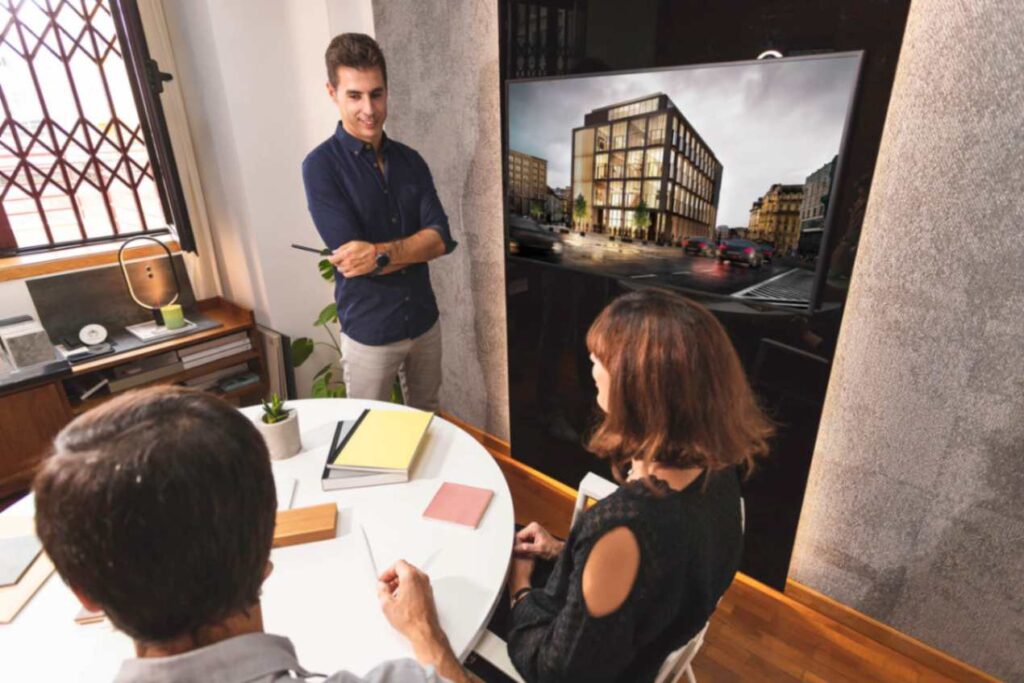
Source – archicgi
The most important factor that designers must keep in mind is that every single one of their clients has his/her own style and preferences when it comes to their house. You can successfully design their dream house if and only you know exactly what they want.
Get to know what’s on their mind by asking questions like “What do you expect from this space?” and “Are there any elements you would like to add to or remove from this design?”
Be fully present in the moment. Sometimes, what clients don’t say is as revealing as what they do.
In order to let them know that you are genuinely listening to needs and preferences, repeat the key points they’ve shared with you.
2. Turn Your Design Into A Story

Explain how each aspect of the design benefits them personally. For example, instead of saying, “The windows bring in natural light,” say, “Imagine starting your day with warm sunlight flooding the room, energizing you before work.”
Take them through the “day in the life” of the space. Walk them through how they might feel moving through each room or space.
Highlight specific emotional benefits. Maybe the cozy corner is the perfect reading nook they’ve always dreamed of.
3. Add Some Visual Magic
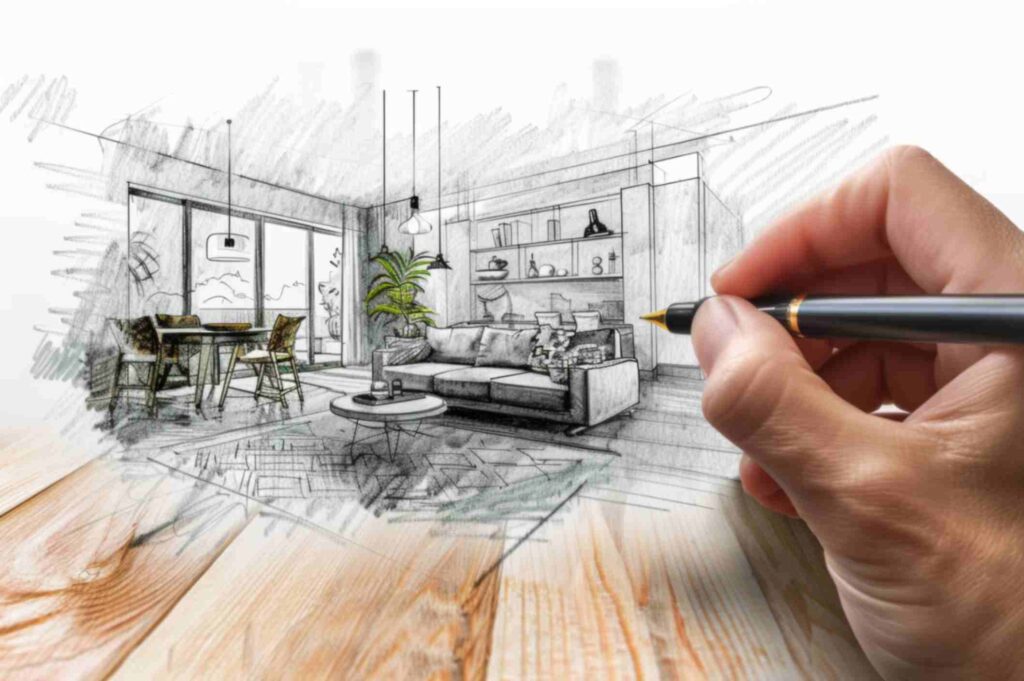
Mood boards: There is no better way to give clients a great sense of the aesthetics you have planned for their space than a mood board.
Renderings and sketches: These allow clients to visualize how the design will look in their specific space.
Before-and-after images: If possible, show similar projects you’ve worked on to demonstrate the transformation you can bring.
4. Make The Vibe Unique

Source – ddbdesign
If you want your clients to not leave mid-day through the architectural project, you need to show them that they have the “x” factor that no one else does. Nowadays, with so much competition in every field, people love to feel like they have what no one else does, something special, something unique.
Emphasize that each design is uniquely tailored to their needs and preferences.
Share little-known architecture design trends or rare materials that will make their space stand out.
Offer limited-time ideas – suggest something they’d love that’s only available for a certain period, like a seasonal color palette or trending feature.
5. Highlight The Value, Not The Features
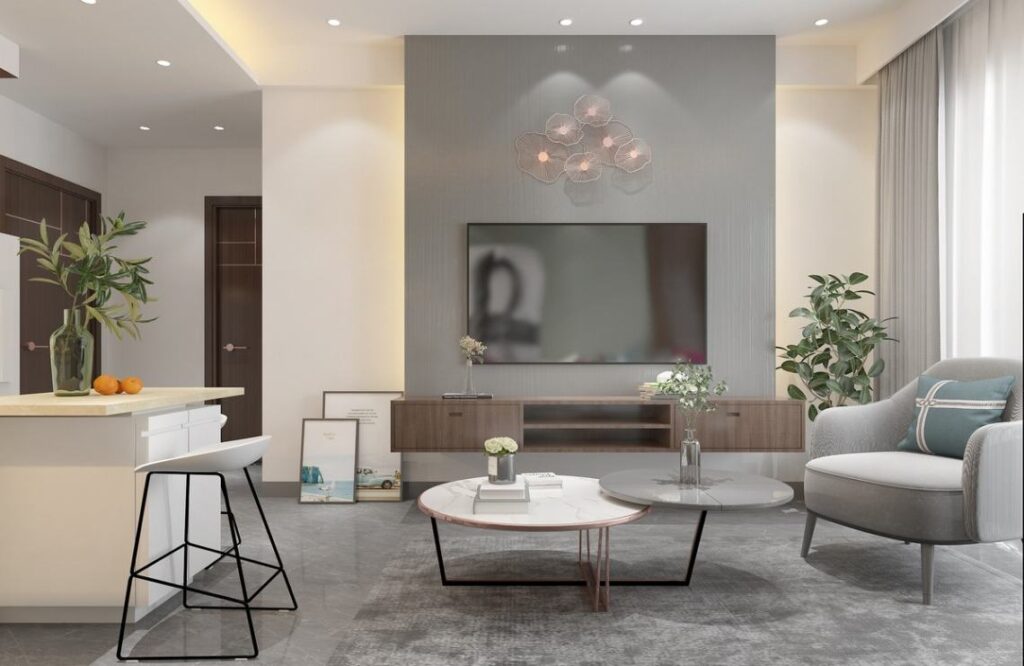
Source – e-architect
Designers sometimes make the mistake of focusing too heavily on the technical aspects of a design. But clients are usually more interested in how the design will benefit them, not the specifications.
Translate features into real-life advantages. Instead of saying, “The living room has 12-foot ceilings,” try, “The high ceilings create an open, airy feel that’s perfect for hosting family and friends.”
Highlight the design’s impact on their lifestyle. Is it low-maintenance? Energy-efficient? Will it bring them peace of mind?
Think of the emotions the space will evoke and convey that. Terms like “relaxing,” “invigorating,” or “cozy” often carry more weight than technical details.
6. Let Your Testimonials Talk
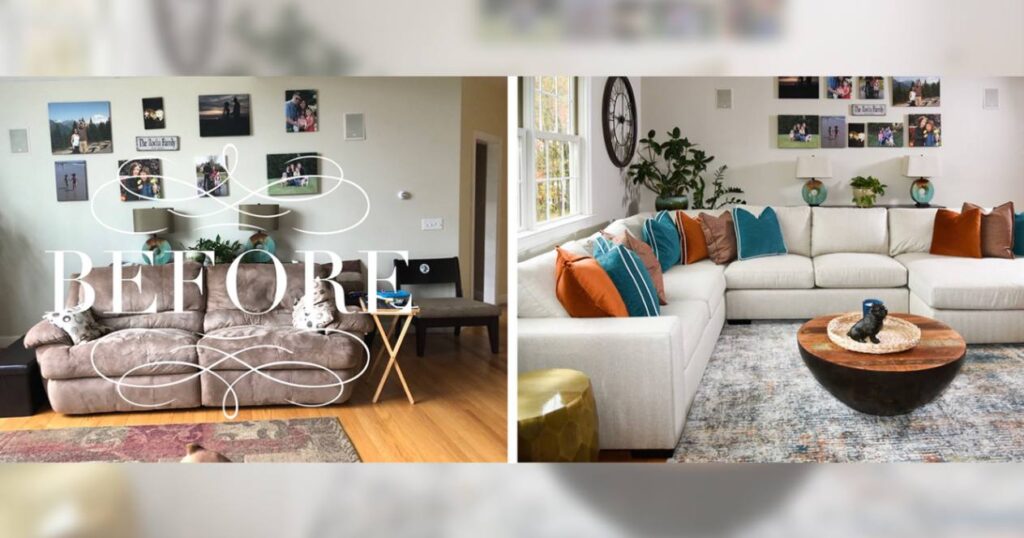
Source – detailsfullserviceinteriors
People often look to others when making a decision. If others have trusted you with their space and been happy with the result, new clients are more likely to believe in you too. This is where testimonials, case studies, and reviews become powerful tools in your persuasion toolkit.
Feedback From Clients: Share short, impactful quotes from past clients who love your work. Make sure these highlight specific benefits.
Transformation Photos: Nothing speaks louder than visual evidence. Show transformation stories of spaces similar to what your client is looking for.
Project Highlights: Offer short case studies of previous projects to show the success of your approach, especially for clients with similar tastes or needs.
7. Use Simple Words, Skip The Jargon
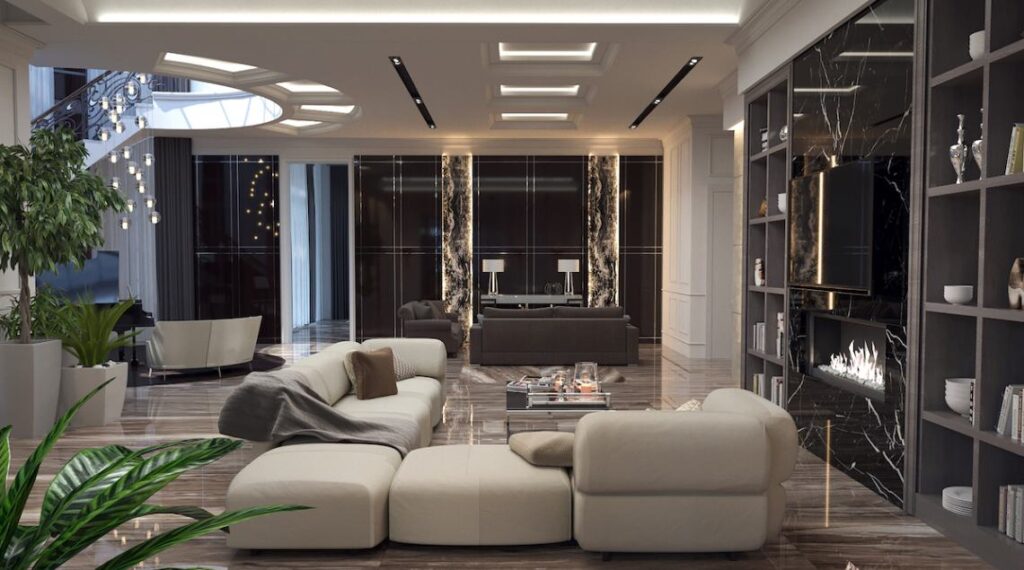
Source – static.tildacdn
Architectural terms may come naturally to you, but to most clients, words like “fenestration” or “cantilever” are Greek. Avoid complex jargon and instead use language that’s simple, relatable, and easy to understand. The goal is to keep your conversation open and accessible.
Describe spaces in terms of experiences – say “a comfortable flow” rather than “optimized circulation.”
Swap out technical names for descriptive phrases. For example, instead of saying “clerestory windows,” try “higher windows that let in extra light without losing privacy.”
Check in to see if they’re following along. Encourage questions and clarify as needed to make sure they’re on board with your ideas.
8. Wrap Up With A Clear Next Step

Keep it inviting and specific “Are you ready to see this vision come to life?”
Offer options for how they can proceed: “Would you like to set up a follow-up meeting to discuss the details?”
Assure them you’re there to support their journey: “I’d love to help you create a space you’ll love.”
Conclusion
Selling architectural design is not about forcefully convincing clients; it’s about igniting their imagination, building a connection, and showing how your vision matches their dreams. With the correct use of the persuasion methods mentioned in this blog, you can easily win your clients over.



